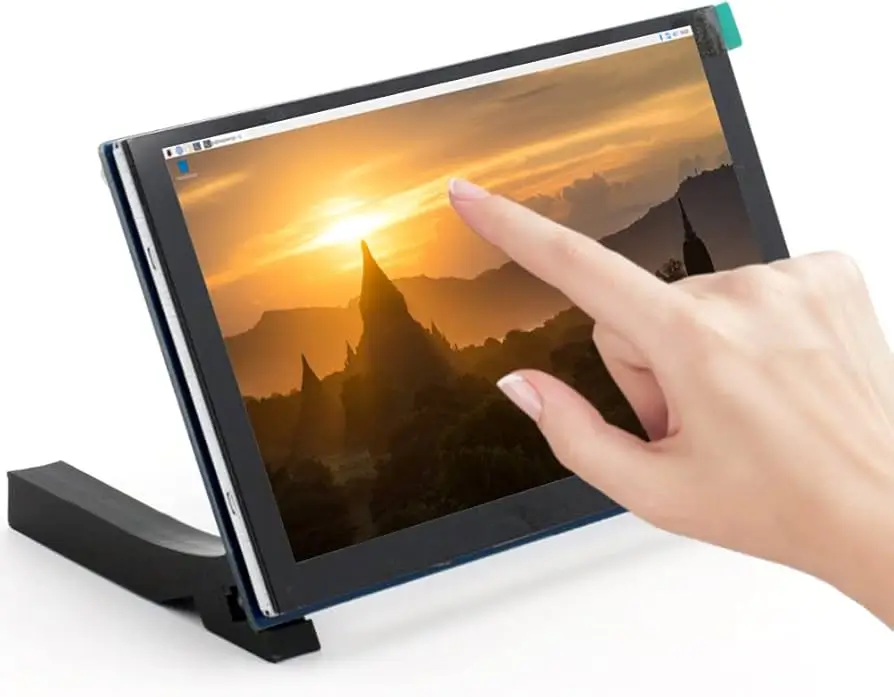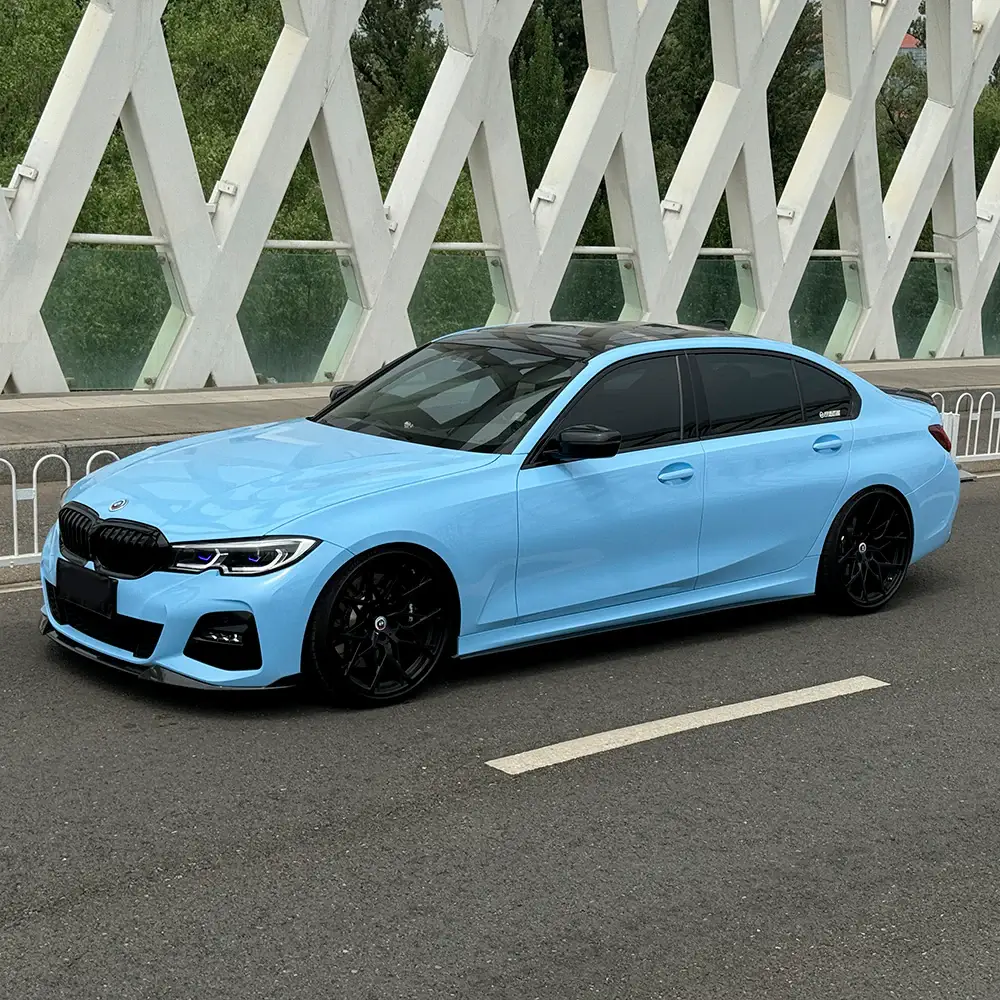
Key Factors to Consider When Choosing a 7 Inch LCD Display for Your Project
Agnes
- 0
In today’s tech-driven world, displays play a crucial role in how we interact with our devices. Whether you’re developing a prototype, designing an innovative gadget, or creating an interactive kiosk, the choice of display can significantly impact your project’s success. Among various options available on the market, the 7 inch LCD display stands out as a versatile solution that balances size and functionality. But selecting the right one isn’t just about picking a screen; it involves several key factors that can influence performance and user experience. Let’s delve into what makes these displays essential for your projects and explore vital considerations to keep in mind when choosing the perfect 7 inch LCD display for your needs.
Understanding LCD Displays and their Importance in Projects
LCD displays, or Liquid Crystal Displays, are a staple in modern electronics. They provide vibrant visuals while being energy efficient. This makes them ideal for handheld devices and embedded systems.
In projects ranging from consumer gadgets to industrial applications, LCDs serve as the primary interface between users and technology. Their clarity and responsiveness contribute to an improved user experience.
The compact size of a 7 inch LCD display strikes a balance between portability and usability. It’s large enough for detailed graphics but small enough to fit into various designs without compromising space.
Understanding these displays means recognizing their potential to enhance your project’s functionality. With advancements in technology, they now offer options like touch capability and better resolution, making them even more essential for interactive applications.
Factors to Consider Before Choosing a 7 Inch LCD Display
When selecting a 7 inch LCD display, several factors come into play. First, consider the resolution and clarity of the screen. Higher resolutions provide sharper images, which can be crucial for detailed projects.
Next 0.96 Inch TFT Display is the aspect ratio. The right size and shape will enhance your viewing experience and fit into your design seamlessly.
Touchscreen capability is another important feature to think about if interactivity is required in your project. This can elevate user engagement significantly.
Don’t overlook the viewing angle and brightness either. A display that looks great from various angles ensures versatility in usage environments.
Assess durability and environmental resistance. If your project faces harsh conditions, it’s essential to choose a robust option that withstands wear and tear while maintaining performance.
A. Resolution and Clarity
When selecting a 7 inch LCD display, resolution plays a critical role in determining image quality. The higher the resolution, the more detail you can expect. This is especially important for projects that require sharp graphics or intricate visuals.
A common choice for many applications is 800×480 pixels, which offers decent clarity for standard use cases. However, if your project demands finer details—like text readability and vibrant images—you might want to consider displays with HD resolutions such as 1280×720 or even full HD at 1920×1080.
Clarity isn’t just about pixel count; it’s also influenced by factors like contrast ratio and color depth. These elements affect how colors are rendered and how easily viewers can distinguish between different shades.
Remember, poor resolution can lead to frustrating experiences where users struggle to interpret information displayed on the screen. Make sure your choice aligns well with your project’s visual requirements.
B. Screen Size and Aspect Ratio
When it comes to selecting a 7 inch LCD display, screen size and aspect ratio play crucial roles. The size may seem straightforward—seven inches diagonally—but the way it fits into your project can vary widely.
Aspect ratio refers to the relationship between width and height. Common ratios include 4:3 and 16:9. A wider aspect ratio like 16:9 is great for videos and modern applications, while a traditional 4:3 might better suit software that relies on text or images.
Consider how you plan to use the display. Will it be mounted in tight spaces? Or will it be part of an interactive kiosk? Your choice should align with both functionality and aesthetic appeal.
Testing different displays helps clarify what works best visually. Remember, the right combination of screen size and aspect ratio elevates user experience significantly.
C. Touchscreen Capability
Touchscreen capability has transformed how we interact with technology. A 7 inch LCD display equipped with this feature offers a more intuitive user experience. Instead of relying solely on buttons and switches, users can engage directly through taps and swipes.
When choosing your display, consider the type of touchscreen technology used—resistive versus capacitive. Resistive screens are often more affordable but might require more pressure to register inputs. Capacitive screens provide a smoother interaction, recognizing light touches effortlessly.
This functionality is especially beneficial in projects where space is limited or when ease of use is paramount. Applications range from handheld devices to industrial controls, making them versatile for various settings.
A responsive touchscreen enhances engagement and productivity. Users enjoy seamless navigation while harnessing the full potential of their projects with minimal hassle involved.
D. Viewing Angle and Brightness
When selecting a 7 inch LCD display, viewing angle and brightness are crucial factors that can significantly impact user experience. A wide viewing angle ensures that the screen remains clear and visible from various positions. This is particularly important for applications where multiple users may view the display simultaneously.
Brightness is another key aspect to consider. A brighter screen enhances visibility under different lighting conditions, making it suitable for both indoor and outdoor use. Displays with higher brightness levels reduce glare, ensuring content remains legible even in direct sunlight.
Investing time into understanding these features can help ensure your project stands out. Balancing both viewing angle and brightness will lead to better overall performance of your 7 inch LCD display in its intended environment, providing an optimal visual experience for users.
E. Durability and Environmental Resistance
When selecting a 7 inch LCD display, durability is paramount. Projects often expose screens to various conditions. Choosing a display that can withstand wear and tear ensures longevity.
Consider environmental resistance as well. Some displays are designed for harsh environments, featuring protective coatings against dust and moisture. This is essential if your project will be used outdoors or in industrial settings.
Look for specifications like IP ratings, which indicate protection levels against solids and liquids. Higher ratings mean better resistance to the elements.
Additionally, assess impact resistance. A robust screen can prevent damage from accidental drops or bumps during use. Investing in such features may save you costs on replacements down the line.
A durable 7 inch LCD display not only enhances performance but also contributes to user satisfaction by minimizing disruptions caused by equipment failure.
Types of 7 Inch LCD Displays Available
When exploring the types of 7 inch LCD displays available, two prominent options stand out: TFT LCD and OLED displays.
TFT (Thin Film Transistor) LCDs are widely used due to their affordability and decent image quality. They deliver technology good color reproduction and are suitable for various applications, from handheld devices to embedded systems.
On the other hand, OLED (Organic Light Emitting Diode) displays offer superior contrast and deeper blacks, thanks to their ability to turn off individual pixels. This results in vibrant colors and excellent viewing angles. Although generally pricier than TFTs, they excel in situations where visual performance is critical.
Each display type serves specific needs based on project requirements. Understanding their strengths helps you make an informed choice tailored to your application’s demands.
A. TFT LCD Displays
TFT LCD displays, or Thin Film Transistor Liquid Crystal Displays, are popular choices for many projects. They offer vibrant colors and sharp images due to their advanced technology.
One of the standout features of TFT displays is their ability to refresh quickly. This means they can handle dynamic content smoothly, making them ideal for applications that require real-time updates.
These displays also come in various resolutions. Higher resolution options ensure clarity and detail, especially important when displaying intricate graphics or text.
Additionally, TFT LCDs typically have better contrast ratios compared to other types. This enhances the visibility of dark scenes or detailed images in bright environments.
They are versatile too; you’ll find them used in everything from handheld devices to larger electronic systems. With such a range of uses, they often become a go-to choice for developers looking for reliability and performance.
B. OLED Displays
OLED displays, or Organic Light Emitting Diode displays, stand out for their impressive color vibrancy. Each pixel emits its own light, which means these screens can achieve true blacks and a broader color spectrum compared to traditional LCDs.
The thin profile of OLED technology allows for sleek designs that fit seamlessly into various projects. This is especially appealing for compact devices where space is at a premium.
Another advantage is the rapid response time of OLED panels. They are perfect for dynamic content like videos or gaming applications, providing smoother transitions without motion blur.
However, potential users should be aware of issues related to screen burn-in with prolonged static images. Despite this drawback, the stunning visual quality offered by OLED displays makes them an attractive option for those seeking high-performance screens in their projects.
How to Choose the Right Type of 7
When selecting the right type of 7 inch LCD display for your project, you should assess your specific requirements and application. Understand the environment where your display will be used. If it’s in a bright setting, opting for an LCD with high brightness levels is crucial. For interactive projects, consider touchscreen displays that enhance user engagement.
Evaluate whether color accuracy or faster response times are more important to you; this could lead you toward TFT or OLED options respectively. Additionally, think about power consumption if portability is a priority for your setup.
By weighing these factors against each other, you’ll find the ideal 7 inch LCD display tailored to meet your project’s needs effectively.


